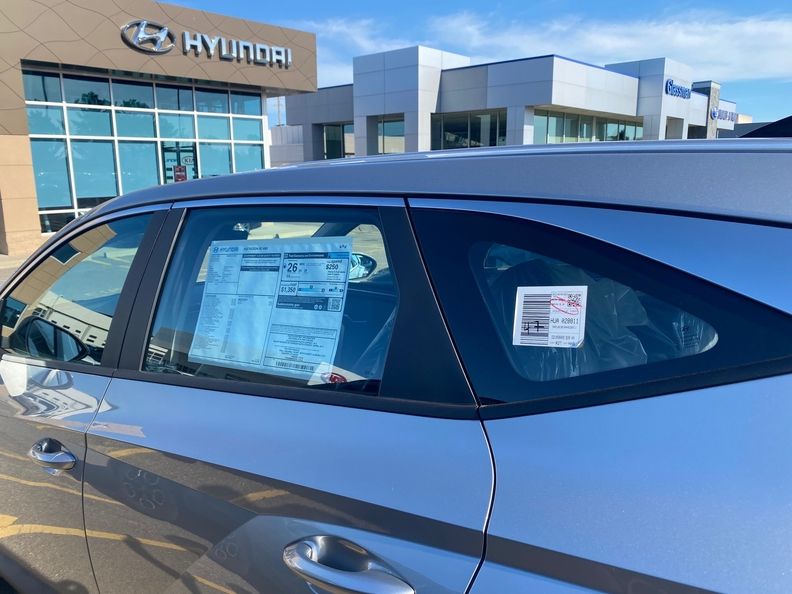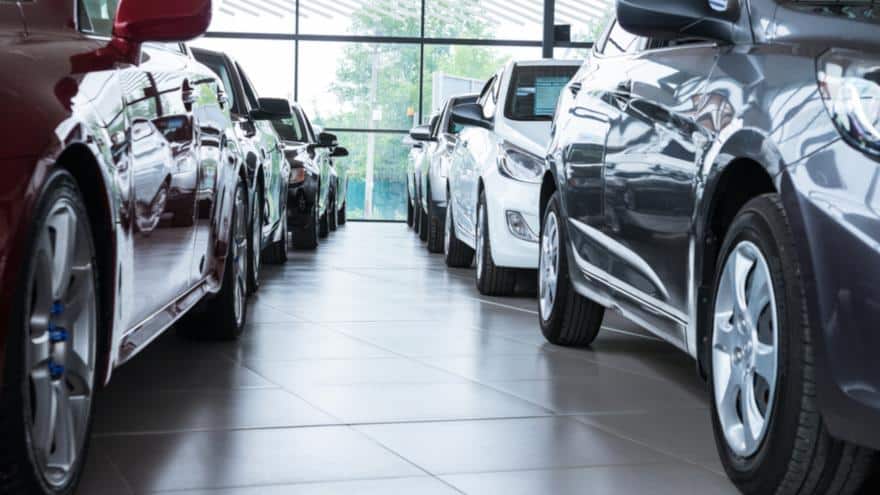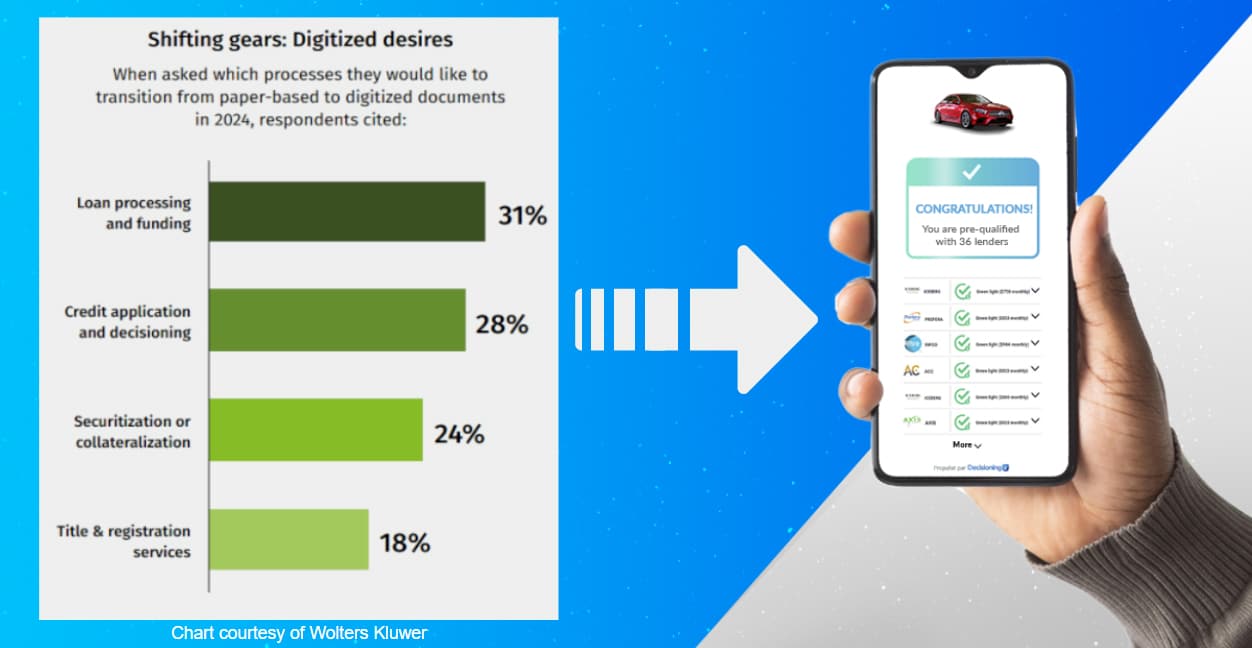JOHN HUETTER – Automotive News
Customers’ increasing preference for crossovers and SUVs means they’re making higher monthly payments and borrowing a few thousand dollars more to buy their vehicles, Experian said this month.
Melinda Zabritski, Experian’s senior director of automotive financial solutions, compared consumer behavior between the second quarters of 2016 and 2021 in research released this month.
In the second quarter of 2016, 41.44 percent of new vehicles financed were cars, she said.
“They did make up the majority of financing,” Zabritski said in a webinar accompanying the analytics firm’s second-quarter automotive lending report released Aug. 19.
The crossover, SUV and “wagon” segment of the fleet ranked second in 2016 at 40.83 percent, according to Experian. Experian defines wagons as vehicles such as the Subaru Outback, Volvo V60 Cross Country and Audi A4 Allroad.
Today, 57.54 percent of light vehicles financed fall into that crossover, SUV and wagon segment, according to Experian. Cars have fallen to less than a quarter of the market, she said.
“It has such an impact in looking at our loan amounts and our monthly payments,” Zabritski said.
Trucks have remained “pretty steady” since 2016, according to Zabritski. They generally represented about 15 percent of the market with a one-year spike to 20.53 percent of financed vehicles in 2020. Zabritski attributed this anomaly to incentives during the COVID-19 pandemic.
The average car financed during the second quarter of 2021 required a $465 payment and a $24,731 loan, according to Experian. The average crossover, SUV or wagon sold during those three months carried a $537 monthly payment and a loan of $29,039. The average truck involved a $660 monthly payment and a $39,955 loan.
“The trend will also continue to impact the used-vehicle market, as these large vehicles enter the used market in coming years,” Experian said of pricing of cars vs. larger models.
Consumers eschewing cars for crossovers and the like might have altered other elements of automotive loan portfolios as well.

Based on Experian’s data, the top three models financed in 2021 were a Honda CR-V, a Chevrolet Silverado 1500 and a Honda Civic, in that order. The Civic has experienced a steady decrease in share of vehicles financed since 2016, Zabritski noted.
The average Civic borrower today carried a 710 credit score and took out a 66-month loan at a 4.55 interest rate, according to Experian. But the average CR-V borrower had a 751 average credit score and obtained a 3.22 interest rate on a 63-month loan.
The average Silverado owner would pay 5.14 percent interest for 73 months and presented a credit score of 710.
“Definitely seeing some differences in credit quality,” she said.
“It’s very interesting to associate credit scores with vehicles, as Experian pointed out, there are major differences between the Civic and the CR-V. From my point of view, these scores don’t take into account non-prime or near-prime buyers and it would absolutely reduce the average score. For instance, other manufacturers like Ford or Kia Canada have subvented finance rates (with iA – Industrial Alliance – For Kia) that allows scores as low as 450 to purchase new Kia vehicles at extremely low interest rates. The Lucy F&I Platform helps F&I managers by automatically figuring out the best financing options for their clients. ” – Andre-M. Hobbs




